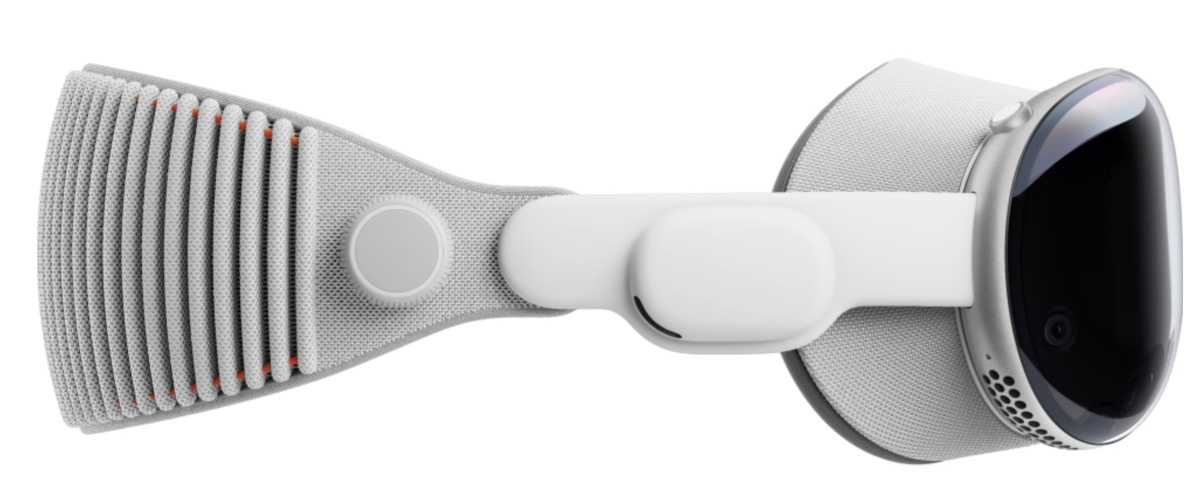
I’ll buy an Apple Vision Pro (if I can afford it), but will mostly use it when I’m alone : Tech Live Trends
As everyone on Earth knows by now, the Apple Vision Pro will arrive next year and cost an eye-watering US$3,499. I’ll be saving up to buy one (although that price isn’t as outrageous as it sounds; more on that in a minute), but I’ll mostly be using it when I’m alone.
Price aside, let me say that I’m very excited about the Vision Pro. I think it marks another milestone product for Apple, though I think it will be years before it reaches its maximum potential. That will be, in my opinion, when it’s available in a form factor resembling regular eyeglasses at a lower price point.
But for the foreseeable future, here are the scenarios in which I see myself using the Vision Pro:
° As a display for my Mac. I think the ability of visionOS to offer a three-dimensional interface that frees apps “from the boundaries of a display so they can appear side by side at any scale” (Apple’s words) sounds very promising.
With support for the Magic Keyboard and Magic Trackpad, users can set up a Mac/Vision Pro workspace creating a portable 4K display. Since I’m a mostly one-man show at Tech Live Trends, I have to, at the minimum, do morning and late afternoon updates for the website. The thought of having my MacBook Pro’s screen “floating” in front of me in a ginormous size sounds fascinating.
° To watch movies that only I want to view. In my home, I’m the only male. Often my daughter and wife want to watch, say, Hallmark movies. Nothing wrong with Hallmark movies, but while they’re viewing them, I often connect my AirPods to my iPad Pro and watch, say, “Die Hard” or “Invasion” (on Apple TV+).
However, with its two ultra-high-resolution displays, Apple Vision Pro can transform any space into a personal movie theater with a screen that feels 100 feet wide and an advanced Spatial Audio system. This means I can watch movies (including 3D movies) and TV shows.
° To play games. I’m not a diehard gamer, but I do game occasionally. My wife and daughter don’t. So I could, for example, put on my Vision Pro and game to my hearts content.
° For FaceTime or Zoom calls. As Apple puts it: “With Apple Vision Pro, FaceTime calls take advantage of the room around the user, with everyone on the call reflected in life-size tiles, as well as Spatial Audio, so it sounds as if participants are speaking right from where they are positioned. Users wearing Vision Pro during a FaceTime call are reflected as a Persona — a digital representation of themselves created using Apple’s most advanced machine learning techniques — which reflects face and hand movements in real time. Users can do things together like watch a movie, browse photos, or collaborate on a presentation.”
All those possibilities sound intriguing. However, I won’t be wearing a Vision Pro:
° Watching a movie or TV show with others.
° When I’m FaceTiming with others in the (real world) room with me.
° Playing with my grandkids.
A Lifewire article by Charlie Sorrel asks, “Is the Vision Pro the Future of Cmputing, or a Dystopian Mind Prison?” I think it’s the former, but it certainly could turn into the latter.
Sorrel makes some good points in his article. To wit: “…while our phones feel like they connect us to the world, the Vision Pro seems to isolate us. The most common reaction I have read online is that it seems creepy. Creepy for Apple’s demo dad to wear this thing and do actual work while he’s supposed to be making toast for his daughter.”
Personally, I’ll use the Apple Vision Pro as I use my Mac, iPad, and iPhone: for certain things I need to do at certain times. But, when I buy it (if I can afford it, that is), it will be another screen I set aside to enjoy time with real people in the real world.
As for the “outrageous” price, as Leander Kahney writes for “Cult of Mac,” even at $3,500, the headset looks like a relative bargain.
After all, it packs 4K OLED screens to mesmerize your eyes, an outside screen that shows your face while wearing it, and an array of sensors to capture your hand movements, facial expressions and more. And it’s not as expensive as the Apple II, the first truly personal computer that, when maxed-out, cost the 2023 equivalent of $14,400.
“If Apple is right, and the headset represents the dawn of a new era of 3D spatial computing, then 3,500 bucks isn’t so much to be at the cutting edge,” Kahney writes. “New technology is always pricey … and it could have been even worse. Given the amount of new tech involved, and the high price of nearly a decade of development, the Vision Pro could have been even more expensive.”


